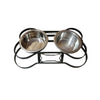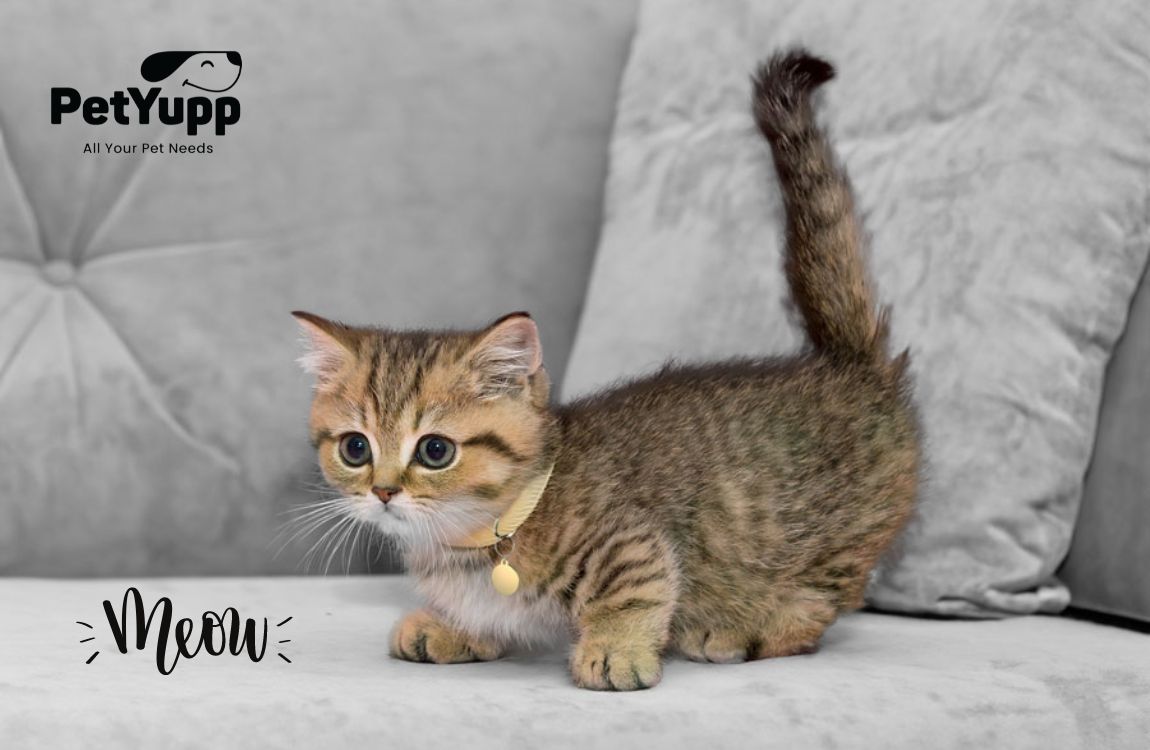Key to reading cat body language are not just the physical cues like lifting the tail or slow blinking, but also the situation the cats are in.
It is good to take some time to learn the body language of cats, as it can strengthen the relationship between you and your furry friend. Learning the signs can be a big help to knowing about the mood of your cat so that you can adjust your behaviour accordingly.
It becomes more important in the case of cats as compared to dogs, because the facial muscles of a dog are more developed than a cat. Dogs can express more than cats, so the signs do matter in the case of cats.
Common Domestic Cat Body Language
It is not very complex to understand the body language of domestic cats, here are a few tips that will help to let you know whether your cat is happy, playful, sick, or angry.
Happy Cat Body Language

When a cat is happy, their body language often reflects a sense of contentment and relaxation. Some common signs of a happy cat include:
- Relaxed Posture: A happy cat will typically have a relaxed body posture. Their body will be loose, and they may lie down comfortably with their paws tucked underneath them.
- Tail Position: A cat's tail can indicate their mood. A happy cat may hold their tail upright or slightly curved. Sometimes, the tail may twitch at the tip in a relaxed manner.
- Purring: One of the most well-known signs of a happy cat is purring. Cats often purr when they are feeling content and comfortable.
- Kneading: Happy cats may knead with their front paws on a soft surface, such as a blanket or their owner's lap. This behavior is often associated with feelings of security and happiness.
- Ears: A cat's ears may be in a relaxed, forward position when they are happy. They may also twitch slightly in response to sounds in their environment.
- Eye Contact: Happy cats may make eye contact with their owners or other cats in a relaxed manner. Their eyes will be bright and alert, but not dilated or focused intently on anything in particular.
Playful Cat Body Language

When a cat is feeling playful, their body language becomes energetic and animated. Some common signs of a playful cat include:
- Pouncing: Playful cats may pounce on toys, imaginary prey, or even their owners' feet. They may crouch down low to the ground before leaping into action.
- Chasing: Cats often engage in playful chasing behavior, whether it's chasing after a toy, a laser pointer, or even another cat in the household.
- Tail Twitching: A cat's tail may twitch or swish back and forth rapidly when they are feeling playful. This movement often indicates excitement and anticipation.
- Ears Forward: When a cat is in a playful mood, their ears may be perked forward, showing their interest and engagement in the game.
- Dilated Pupils: Playful cats may have dilated pupils, indicating heightened arousal and excitement.
- Biting and Scratching: During play, cats may engage in gentle biting and scratching behavior. This is usually done in a playful manner and should not be mistaken for aggression.
Angry Cat Body Language

When a cat is angry or upset, their body language becomes tense and defensive. Here are some common signs of an angry cat:
- Hissing and Growling: Angry cats may hiss, growl, or make other vocalizations to express their displeasure.
- Ears Flattened Back: A cat's ears may flatten against their head when they are feeling angry or threatened. This is a defensive posture intended to make the cat appear larger and more intimidating.
- Piloerection: When a cat is angry, the fur along their back and tail may stand on end, a behavior known as piloerection. This makes the cat appear larger and more menacing.
- Tail Lashing: An angry cat may lash their tail back and forth rapidly, indicating agitation and frustration.
- Avoidance: Angry cats may try to avoid confrontation by retreating to a secluded area or hiding under furniture.
- Dilated Pupils: While dilated pupils can indicate excitement in some contexts, in an angry cat, dilated pupils may signal aggression and readiness to attack.
Sick Cat Body Language

When a cat is feeling unwell or sick, their body language may indicate discomfort and distress. Some common signs of a sick cat include:
- Lethargy: Sick cats may appear lethargic and uninterested in their surroundings. They may spend more time sleeping than usual and have a decreased appetite.
- Hiding: Cats often try to hide when they are feeling unwell. They may seek out secluded areas, such as under the bed or behind furniture, to rest and recuperate.
- Change in Eating Habits: A sick cat may show a decrease in appetite or may refuse to eat altogether.
- Change in Grooming Habits: Cats are typically fastidious groomers, but a sick cat may neglect their grooming routine.
- Lack of Interest in Play: Sick cats may show a lack of interest in playing or interacting with their toys or their owners.
- Vocalizations: Some sick cats may vocalize more than usual, either as a sign of discomfort or to seek attention from their owners.
You can communicate better with your cat by understanding the cat body language. Don’t stare at your cat for a long period, as it can be scary for them. You can observe the shape the cat is making at the moment and how it relates to the overall situation. PetYupp will be coming up with more such blogs to help you know your pet better!




Leave a comment